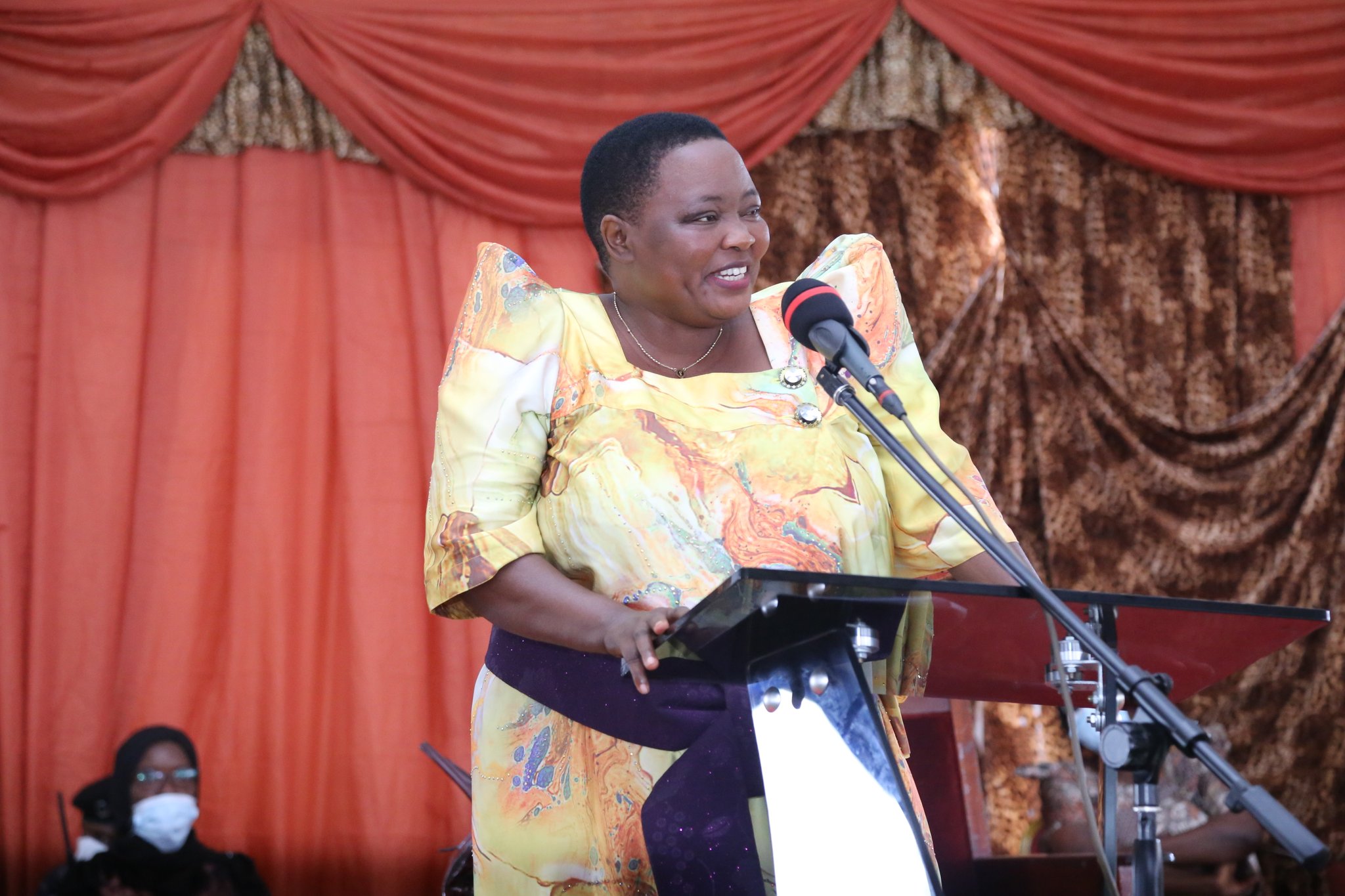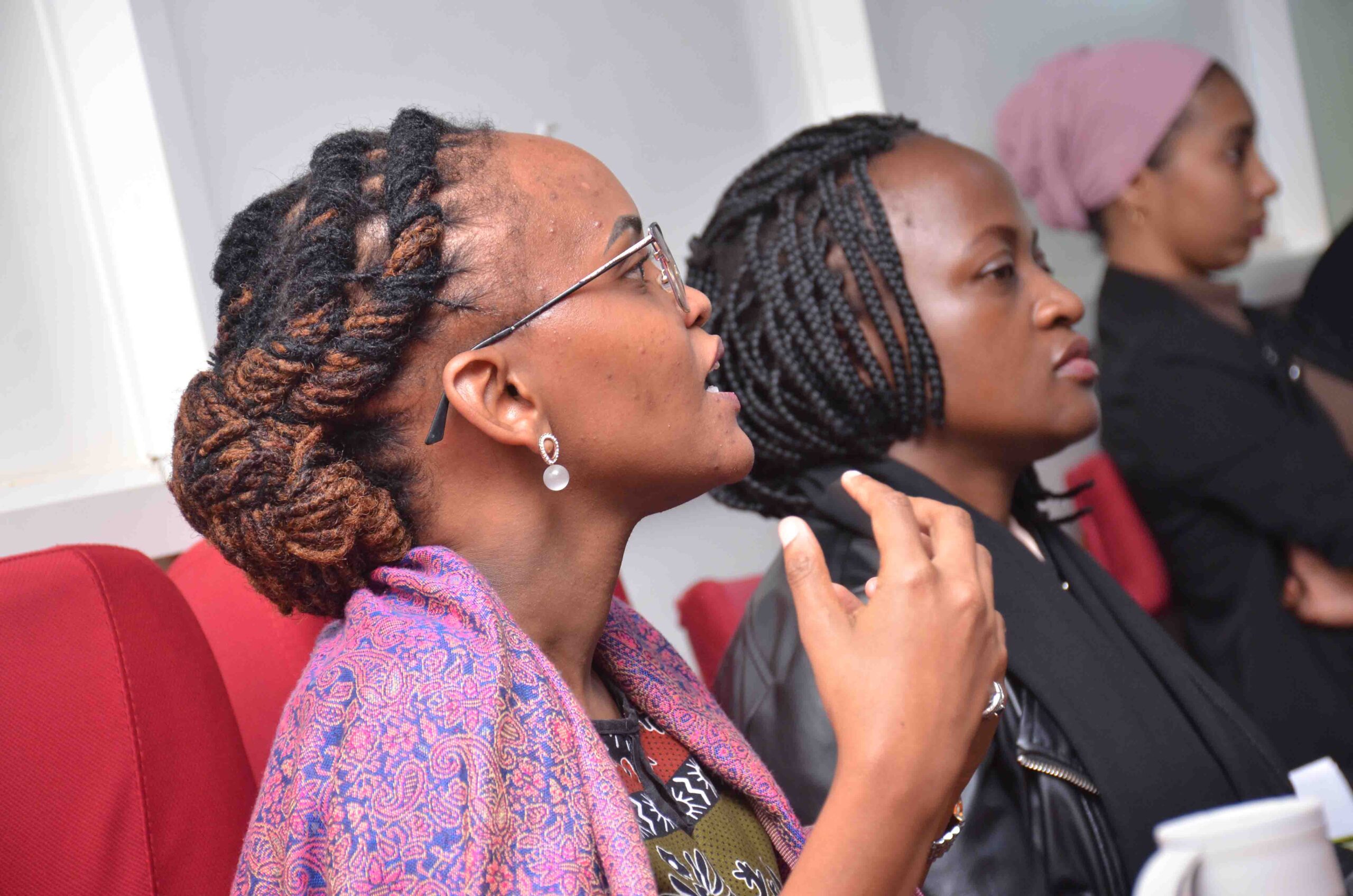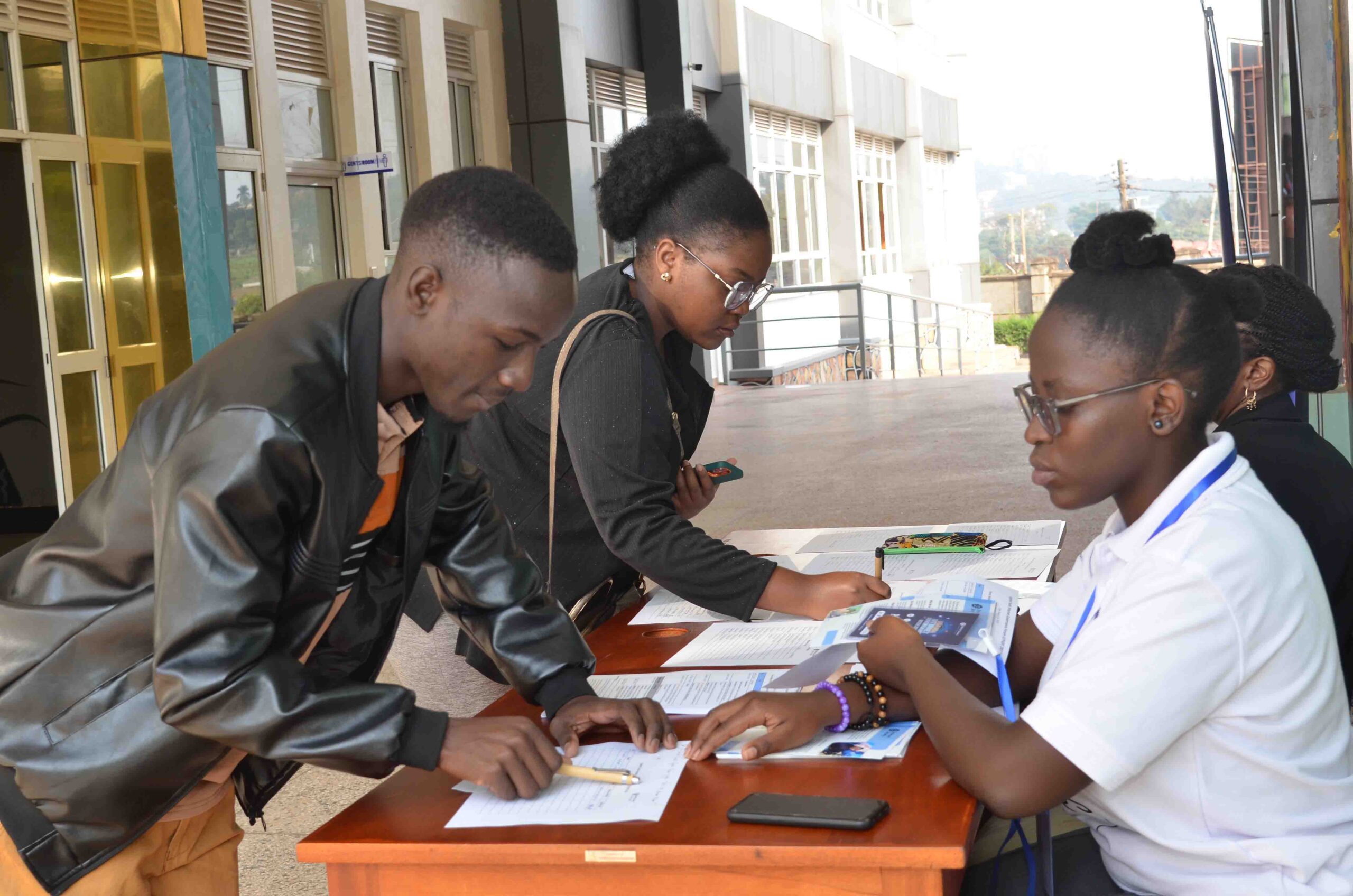Education for Girls: Empowering Communities Through Learning
Students from various schools take a group photo with Dr. Busonga after a training in Eastern Uganda
Published on Monday, August 12, 2024 by admin
The Power of Education for Girls.
Educating girls is key to community development, health improvement, and poverty reduction. When girls receive education, they gain the knowledge, skills, and confidence needed to make positive choices for themselves and their families. The Eliezah Foundation believes that every girl deserves the chance to learn and grow, despite the challenges they may face.
Barriers to Girls’ Education
- Cultural Norms and Practices: In many communities, traditional beliefs limit girls’ education. Early marriages, gender roles, and the expectation that girls should prioritize household duties over school are common barriers.
- Economic Factors: Poverty often forces girls to drop out of school to support their families or because their families cannot afford school fees, uniforms, or supplies.
- Lack of Resources: Inadequate school facilities, long distances to schools, and limited access to sanitary products make it difficult for girls to attend and stay in school.
Strategies to Overcome Barriers
- Engage the Community: Start by discussing with community leaders, parents, and schools the benefits of girls’ education. Through community meetings and dialogues, awareness can be raised on why educating girls is important.
- Support Systems: Establish scholarship programs, mentorship initiatives, and girls’ clubs to create a support network that encourages girls to stay in school.
- Safe Spaces for Learning: Create or support schools and learning centers that are welcoming, safe, and free from discrimination and harassment.
Step-by-Step Guide for Community Initiatives
- Identify Stakeholders: Bring together local leaders, parents, teachers, and NGOs that share the vision of empowering girls through education.
- Conduct a Needs Assessment: Understand the specific challenges girls in your community face and what resources are available.
- Develop an Action Plan: Based on the assessment, design programs that address the key issues, whether it’s school fees, transportation, or creating safe learning spaces.
- Implement and Monitor Progress: Roll out your programs, keeping track of attendance, academic performance, and community involvement to measure success and adjust when needed.



